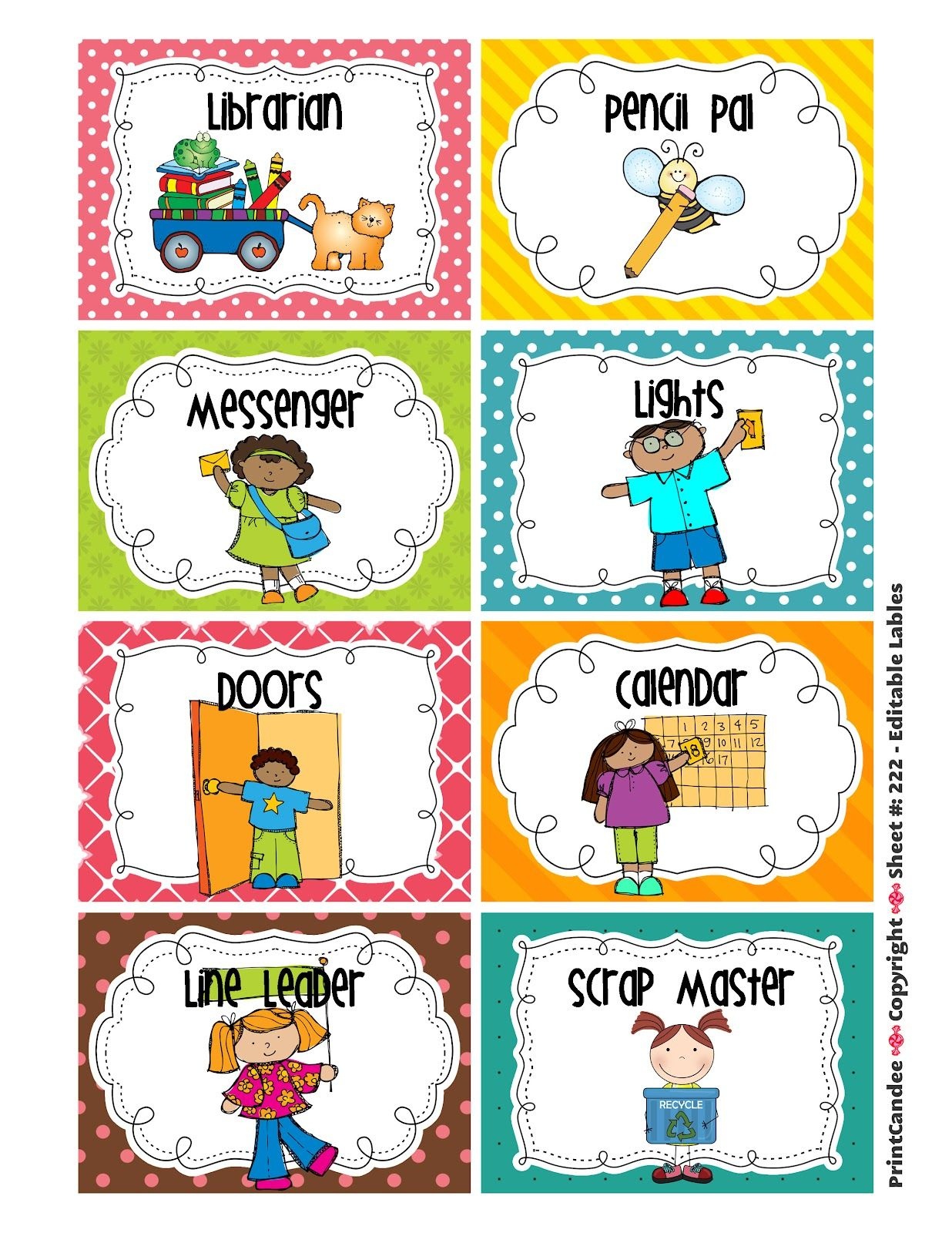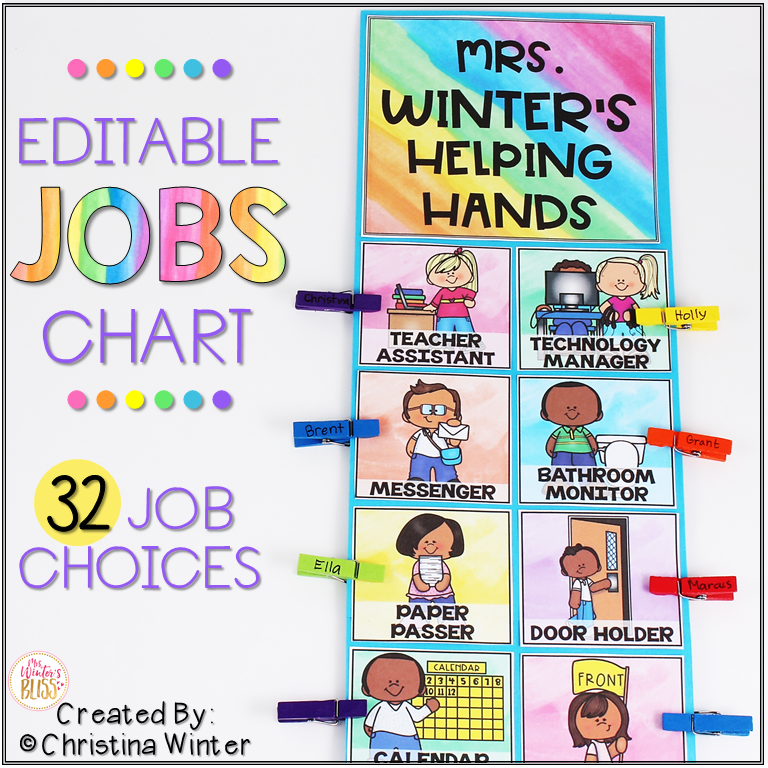
Introduction
In a classroom setting, creating a sense of responsibility and teamwork among students is essential. One effective way to achieve this is by implementing a line leader chart that assigns specific classroom jobs to students. This article will explore the benefits of using a line leader chart, how to create one, and the various classroom jobs that can be included.
The Importance of a Line Leader Chart

A line leader chart serves multiple purposes in a classroom. Firstly, it helps establish a structured routine and provides students with a clear understanding of their responsibilities. This promotes a sense of order and organization within the classroom, ultimately creating a more productive learning environment.
Additionally, a line leader chart encourages students to take ownership of their tasks and develop essential life skills such as time management, teamwork, and accountability. By actively participating in classroom jobs, students learn the value of contributing to the overall functioning of their learning space.
Creating a Line Leader Chart

To create a line leader chart, you will need a large poster board or a designated space on the classroom wall. Divide the chart into several sections, each representing a different classroom job. Assign each job a unique symbol or picture to make it visually appealing and easier for younger students to understand.
Next, create individual name tags or labels for each student in the class. These can be attached to the chart using Velcro or magnets, allowing for easy rotation of jobs. It is important to rotate the assignments regularly to give every student an opportunity to experience different roles and responsibilities.
Classroom Jobs for the Line Leader Chart

The line leader chart offers a wide range of classroom jobs that can be assigned to students. Here are some common roles:
Line Leader

The line leader is responsible for leading the class during transitions, such as lining up for recess or moving between classrooms. This role helps develop leadership skills and encourages students to act as positive role models.
Door Holder

The door holder assists classmates by holding the door open during entry or exit. This job promotes courteous behavior and teaches students to be considerate of others.
Materials Manager

The materials manager ensures that all necessary materials, such as textbooks, pencils, and art supplies, are readily available for classmates. This role teaches students organizational skills and the importance of preparation.
Line Ender
The line ender is responsible for ensuring that the class maintains its formation in an orderly manner during transitions. This job helps develop spatial awareness and teaches students to be attentive to their surroundings.
Classroom Librarian

The classroom librarian takes charge of organizing and maintaining the classroom library. This role helps students develop a love for reading and fosters a sense of responsibility towards shared resources.
Conclusion
A line leader chart and the assigned classroom jobs play a significant role in fostering a positive and engaging learning environment. By involving students in the daily operations of the classroom, they develop a sense of ownership, responsibility, and teamwork. Implementing a line leader chart can greatly benefit both the students and the overall classroom dynamics.